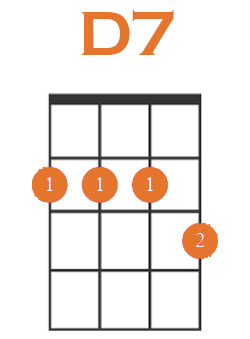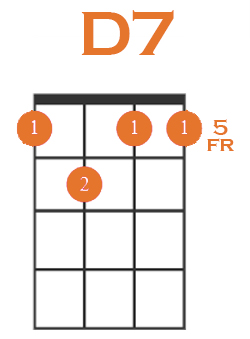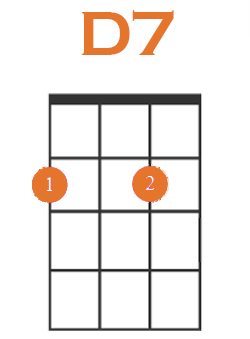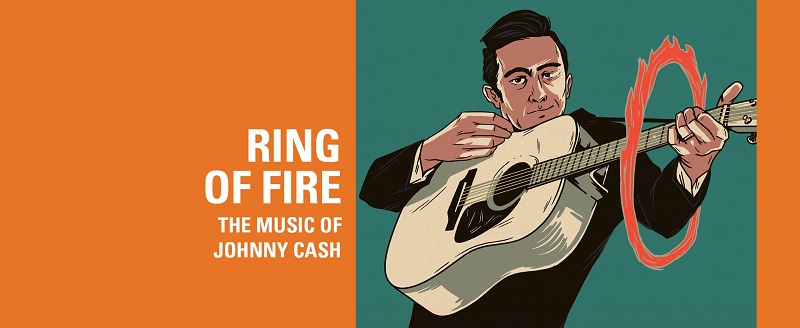Table of Contents
How to Play D7 on Ukulele
Introduction
For this blog post, we decided and dedicated an entire topic to creating the D7 chord. Seventh chords can add an extra dimension to an aspiring ukulele player’s arsenal.
They can be utilized so as to add a bluesy touch in a pivotal place in a track – and the D7 chord is a helpful place to begin. This article will present you the notes that make up the chord, a couple of totally different approaches to playing it, and the way it fits into some songs.
To play the usual D7 barre ukulele chord, take the index finger and barre or press down on all 4 strings on the 2nd fret. Place the center finger on the third fret of the bottom A string. This model of D7 is tougher to play however is well well worth the practice.
From the top G string to the bottom A string, this chord has the next notes that are present in a D7 chord (D-F#-A-C).

Play D7 on Ukulele: How to Play It
There are a couple of alternative ways to play the D7 chord on the ukulele. We’ll walk you thru where to position your fingers on the fretboard of your ukulele and which of the 4 strings you’ll strum to play totally different variations of the chord, using charts to offer a visible illustration for two other variations of the chord.
To play D7 you must barre the complete second fret with your index finger. As you place it throughout the fret leave a bit of the top joint hanging above. Find the suitable place where your finger presses all 4 strings down, they need to play with no muted or distorted sound. After getting that barred fret playing nice put your center finger on the third fret of the A string.
D7 Ukulele Chord: Root Position
When it comes to playing the root position of the D7 chord, you will need to try it carefully several times before confirming that you are okay with it. As we mentioned before, you need to use a barre chord to do it. Here’s how:
- Use your Index finger to press all the strings on the 2nd fret.
- Use your middle finger to press the A string on the 3rd fret.

Just make sure that you are pressing all the strings right and you are not having some weak press power on one of them. That will result in muffled sound from that chord and the chord will seem wrong. Instead, apply enough power to press the strings properly and produce a clear note from the frets.
D7 Ukulele Chord: 1st Inversion
For the second variation of this chord, again we are going to use a barre chord, but this time you will need to do it on a different fret and press one other string on the sixth one. Similar focus and process to the primary position are needed, so you should already be prepared for it. Below are the exact spots how to play this variant:
- Use your Index finger to press all the strings on the 5th fret.
- Use your middle finger to press the C string on the 6th fret.

Pretty much similar to the first/root variation of the D7 chord, but it is always good to know various other ways to play it. Maybe easier for you to transfer to this variant than to the primary one, so train this one too.
D7 Ukulele Chord: 2nd Inversion
The second inversion should be a bit easier for all. Not that the barre chords are hard, but this one is easy compared to it. For this occasion, you will need to play 3 strings and leave one to ring open. Simple – here’s how:
- Use your Index finger to press the C string on the 6th fret.
- Use your middle finger to press the G string on the 7th fret.
- Use your ring finger to press the E string on the 8th fret.

You can notice how each finger for this variation plays a different string on every consecutive fret from the 6th one. No huge distance where you need to stretch your fingers and no twisted positions. With a touch of practice, you should be able to do it right.
D7 Ukulele Chord: Hawaiian D7
To play the Hawaiian D7 ukulele chord, place the index finger on the 2nd fret of the G string and the center finger on the 2nd fret of the E-string. The other two strings should ring openly.
As many new ukulele players discover, this is the best solution to play a D7 chord on the ukulele. From the G string to the A string, this chord has the next notes that are present in a D7 chord (D-F#-A-C)
The Hawaiian D7 chord doesn’t have all of the notes in a D7 chord. This variation is lacking the basis note of the chord – a D note. The simpler-to-play Hawaiian D7 chord variation is finest used in songs performed in the key of C major.
That is due to that low open C string note that rings out through the chord. In songs where the key is in C, that means the basis note or “home base” is a C note, this Hawaiian D7 variation has a satisfying sound and works nice. Right here is learn how to press it right:
- Use your Index finger to press the G string on the 2nd fret.
- Use your middle finger to press the E string on the 2nd fret as well.

That’s it for the variations. Let’s see how the D7 chord is performed on a piano.
How to Play D7 Chord on Piano
This chord is shaped by combining the foundation, major third, perfect fifth, and flat seventh of the D major scale. The notes of the D major scale are D E F# G A B C#. To play a D seventh chord we play the first, third, fifth, and flat seventh of the scale or D-F#-A-C. Please be aware that you do not play the seventh be aware of the size. You play a semitone lower, which is the note, C.
There are totally different names for the D seventh chord, particularly D7, D dominant 7, and D dom7. To play a D7 chord, you play the D triad consisting of the notes D F# and A, and also you add the note forming an interval of a seventh above the foundation note, D.
Notes D – F# – A – C

Famous Songs that use the D7 Ukulele Chord
Few songs immediately captivate the ear like Johnny Cash’s “Ring of Fire“. With its mariachi horns, boomy guitar rhythm, gospel backing vocals, and Cash’s trademark baritone, the track is totally unmistakable from the first measure. And it appears as if “Ring of Fire” is tailored for brand new players.

Launched on April 19, 1963, “Ring of Fire” was certainly one of Cash’s largest hits and appeared on the album Ring of Fire: The Best of Johnny Cash. The track was co-written by Cash’s future spouse, June Carter, and songwriter/producer Merle Kilgore.
This easy and catchy song needs 3 chords, including the one we have for this guide. This will be one more way to practice the chord and master it completely.

Conclusion
This is the end of this nice guide and we hope that you will end up satisfied with the material we shared. Together with all the variations, piano pressing, and song to practice this chord too, we fulfilled everything you need to have when learning a new chord.
Especially when it comes to learning a chord that you are not going to play that frequently, it is always good to have a song to practice this chord. The Ring of Fire by Cash is one great example where you can try it.
If you have any questions about D7 and you have something that needs to be explained in depth to you, feel free to contact us in the comment section. Until next chord!







